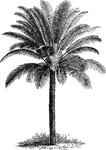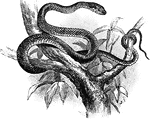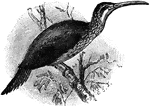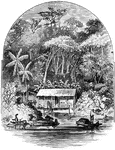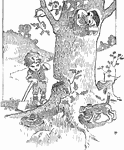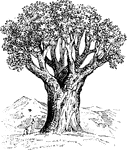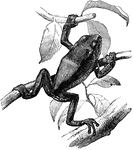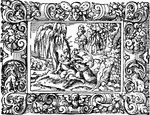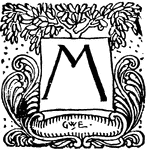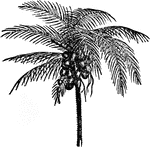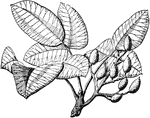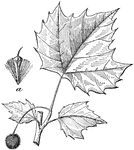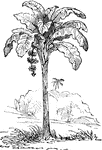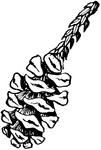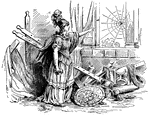
Minerva
"On Minerva's side Varro tells us that Cecrops found an olive tree and a fountain, and that on consulting…
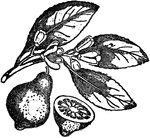
Lemon
The fruid of the tropical or subtropical tree citrus medica, of the orange family, and originally native…
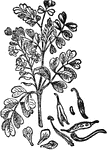
Logwood
A tree native to Central America, but naturalized in and exported from Jamaica and other West Indian…
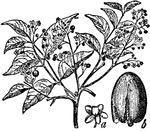
Mahogany
A large tree of the order meliaceae, common to tropical America, and noted for its close-grained and…
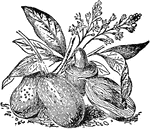
Mango
A tree native to tropical Asia, but now naturalized extensively in America and other grand divisions.…
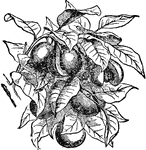
Nutmeg
The kernel of the fruit of various trees, especially that of the nutmeg tree. The fruit is an edible…

Tree Design
Sometimes called the tree of life. Always associated with religious belief. It symbolizes Divine power…
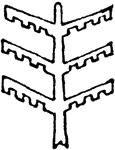
Tree Design
Sometimes called the tree of life. Always associated with religious belief. It symbolizes Divine power…
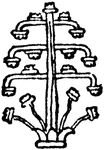
Tree Design
Sometimes called the tree of life. Always associated with religious belief. It symbolizes Divine power…
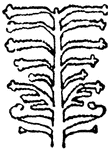
Tree Design
Sometimes called the tree of life. Always associated with religious belief. It symbolizes Divine power…

Orange
A class of fruit trees of the citrus genus, including several species. They are native to China, India,…
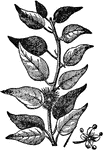
Osage Orange
A tree of the nettle family, so named from the Osage Mountains of Arkansas, where it is native, but…

Papaw
A tree native to tropical America, allied to the passion flower family, and now extensively cultivated…
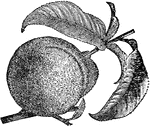
Peach
A class of fruit trees including many varieties, and cultivated in all the countries having a warm or…
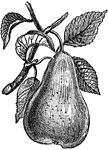
Pear
A fruit tree belonging to the same genus as the apple, and cultivated extensively for its fruit. It…
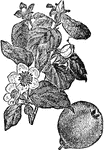
Quince
A tree of the apple family. It is native to the western part of Asia, but has been naturalized in many…
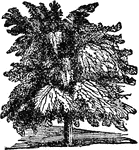
Tamarind
A tropical tree of the bean family, which was originally native to the East Indies, but is now extensively…
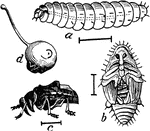
Curculio
This illustration shows the different stages of the plum tree curculio. a, the larva; b, the pupa; c,…
Body-budding
This illustration shows a tree that has been body-budded. It has two buds that had been killed by bud-moth…

Bud and Graft
This illustration shows a tree that has been both branch-budded and grafted. Buds inserted in August.…
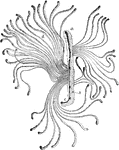
Beetle Damage
This illustration shows a tree that has been damaged by a sprice-destroying beetle. a, primary gallery;…

Girdling Tree
This illustration shows the different methods of girdling trees: a, back girdled; b, girdled to heartwood;…
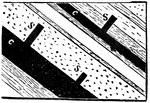
Coal Beds
This illustration shows coal-beds with stumps of trees rising out of the coal. The stumps always stand…
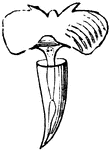
Cleodora
Cleodora refers to a genus of plants in the family Euphorbiaceae. The best known member of this genus…

Tree Asp
The narrow ended dendroaspis, otherwise known as the tree asp, tree snake, or mamba. It is about 6 feet…
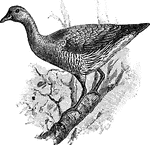
Australian Tree Duck
A duck with a bill longer than its head and curved downward. Its legs are long and fitted with bird…
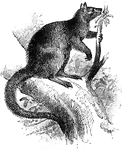
Tree Kangaroo
They are adapted for arboreal life, having the tail less robust tan that of the ground kangaroos, and…
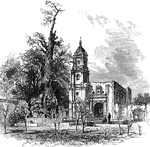
Tree of Triste Noche
Tree of Triste Noche represents the remains of the tree under which Cortes and his followers gathered…
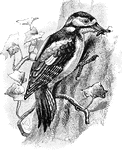
Great Spotted Woodpecker
A loud bird that uses it beak to bore holes in tree trunks to feed on bugs.
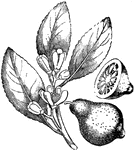
Lemon
The fruit of a small tree belonging to the same natural order as the orange. There are numerous varieties…

Papaw Tree
"A South American tree of the natural order Papayaceae of which order about 30 species are known which…
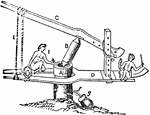
Chinapatam Sugar-mill
"The Chinapatam Sugar-mill consists of a mortar made by cutting down some hard-wood tree to within 2…

Tree Fern
"Scalariform or ladder-like prismatic vessels of a Tree Fern." — Encyclopedia Britanica, 1893
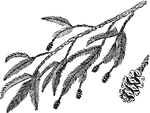
Redwood Branch
A Californian timber tree. Grows 200 to 300 feet high and have a thick cinnamon colored bark. The inside…

Shield-Budding
"The simplest and most generally practised form of budding is that called Shield budding or T-budding.…
